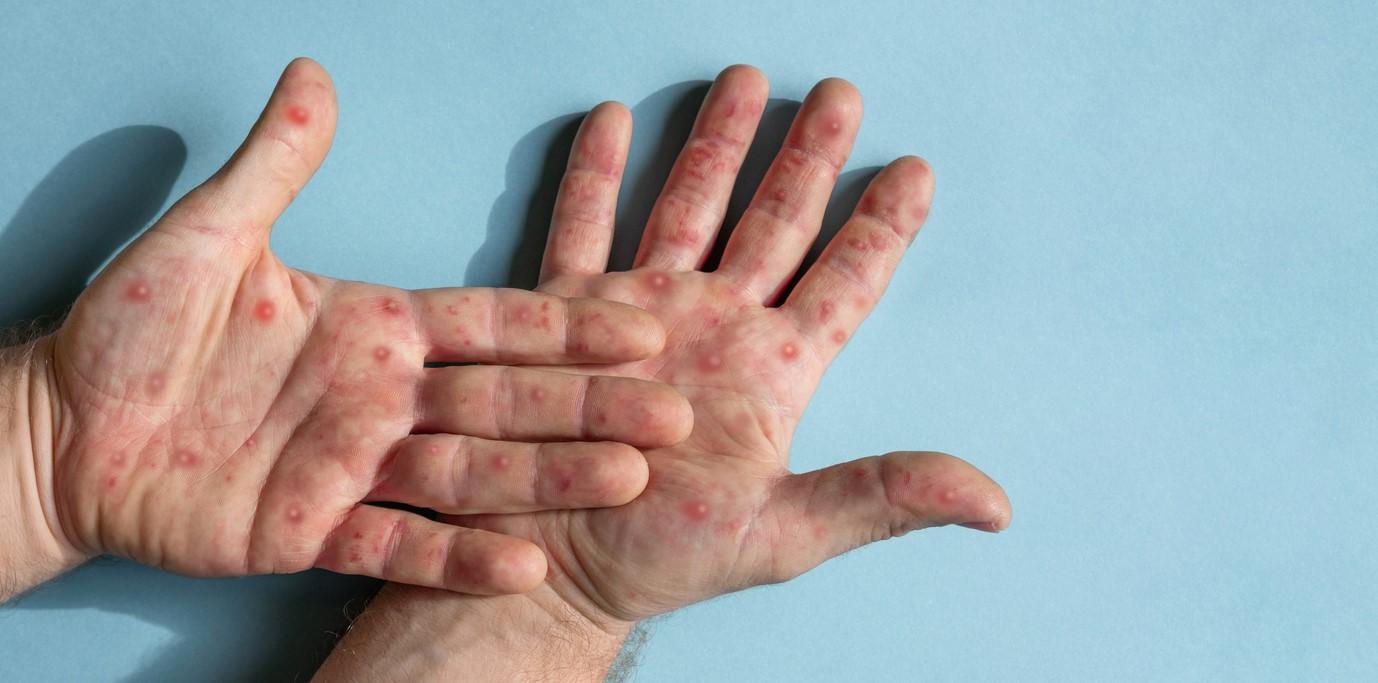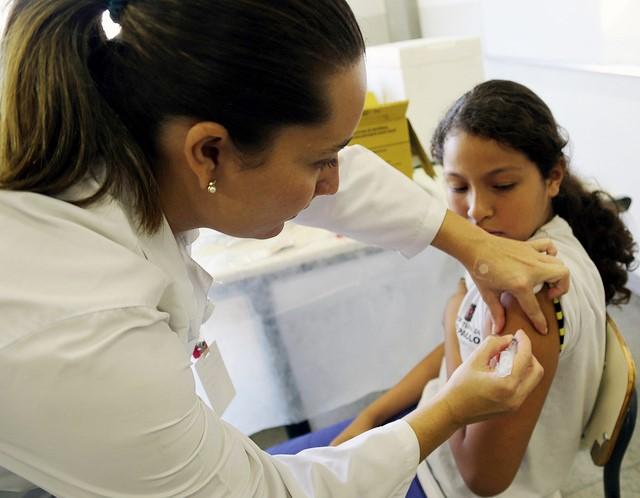Doctors working in a high-volume sexual health clinic were able to accurately identify or rule out mpox based on just the clinical exam before receiving results from polymerase chain reaction (PCR) testing, which is the gold standard for diagnosing the condition. Seattle-based researchers reported their findings this week in Sexually Transmitted Diseases.

Marina Demidiuk / iStock
They included patients who were seen at the Seattle-King County Sexual Health Clinic over a 2-month period from late July 2022 through late September 2022, a time when the outbreak was peaking in the United States.
Sensitivity also high for HIV patients
Of 321 patients evaluated during the study, 121 (38%) were positive for mpox on PCR testing. Healthcare providers highly suspected mpox in 122 of the patients and offered empiric tecovirimat (Tpoxx), a smallpox drug that has been useful for treating mpox, to 92 of them, of whom 85 were positive on PCR testing.
Sensitivity, specificity, positive-predictive value, and negative-predictive value were 99%, 90%, 86%, and 99%, respectively. A higher proportion of patients with HIV were diagnosed as having mpox, and sensitivity and positive-predictive value in that group were 100% and 86%.













